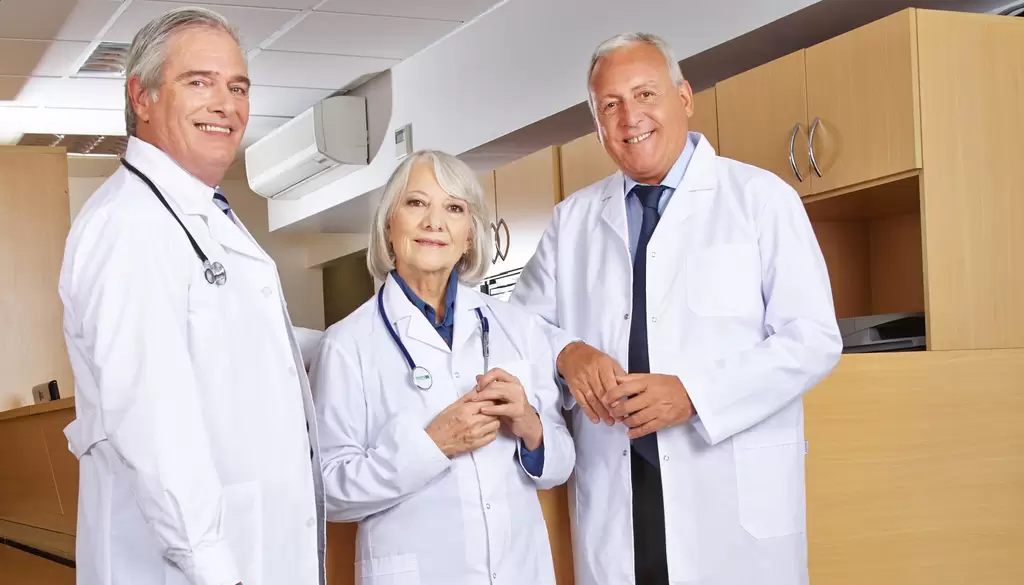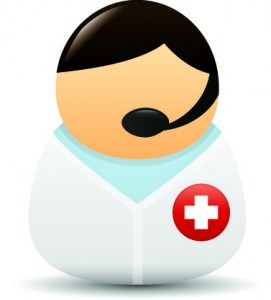Healthcare with Confidence
Hip is one of the major joints of the body. The joint consists of a ball bone that fits into a concave niche pelvis “socket”.
Around the encapsulated joint, ligaments and muscles assist the activities of the joint and maintain its stability. The head of the femur and the socket covered with articular cartilage, which allows smooth movement without pain. Articular cartilage plays an important role as a shock absorber and reduces friction during movement. When you walk, jump or run, the ground impact forces are absorbed by the cartilage. When there is destruction of cartilage, scrape the bones, leading to the erosion of the joint and severe pain, restricting movement.

Dr. Gideon Burstein – Senior Surgeon Orthopedics Department, Sheba Medical Center Tel Hashomer. Expert in Hip and Knee Surgery.
Hip pain
Hip pain involves any pain in or around the hip joint. You may not feel pain from your hip directly over the hip area. You may feel it in your groin or pain in your thigh or knee.
Causes
Hip pain may be caused by problems in the bones or cartilage of your hip, including:
♦ Hip Fractures – can cause sudden hip pain. These injuries can be serious and lead to major problems. Hip fractures are more common as people get older because falls are more likely and your bones become weaker. It is more common to women due to the higher loss of bonnes calcium.
♦ Infection in the bones or in the joints.
♦ Osteonecrosis of the hip which is usually created by necrosis from loss of blood supply to the bone.
♦ Arthritis – often felt in the front part of the thigh or groin. Osteoarthritis (OA) is the most common joint disorder. It is due to aging and wear and tear on a joint. Cartilage is the firm, rubbery tissue that cushions your bones at the joints. It allows bones to glide over one another. When the cartilage breaks down and wears away, the bones rub together. This often causes the pain, swelling, and stiffness of OA. As OA worsens, bony spurs or extra bone may form around the joint. The ligaments and muscles around the joint may become weaker and stiffer.
Medical conditions that can lead to OA include:
◊ Bleeding disorders that cause bleeding in the joint, such as hemophilia
◊ Disorders that block the blood supply near a joint and lead to bone death (avascular necrosis)
◊ Other types of arthritis, such as chronic gout, pseudogout, or rheumatoid arthritis
◊ Labral tear of the hip.
Pain in or around the hip may also be caused by problems such as:
♦ Bursitis – pain when getting up from a chair, walking, climbing stairs, and driving
- Hamstring strain. A strain is when a muscle becomes overstretched and tears. This painful injury is also called a “pulled muscle.” If you have strained your hamstring, you have pulled one or more of the muscles on the back of your upper leg (thigh).
- Iliotibial band syndrome. Iliotibial band syndrome (ITBS or ITBFS, for iliotibial band friction syndrome) is a common injury to the knee, generally associated with sport activities such as running, hiking, cycling, or weight lifting
- Hip flexor strain. A hip flexor strain is an injury characterized by tearing of one or more of the hip flexor muscles and typically causes pain in the front of the hip or groin. The group of muscles at the front of the hip is called the hip flexors.
- Hip impingement syndrome. Femoroacetabular Impingement (FAI), or hip impingement syndrome, may affect the hip joint in young and middle-aged adults and occurs when the ball shaped femoral head rubs abnormally or does not permit a normal range of motion in the acetabular socket.
- Groin strain. A groin strain is a stretch, tear, or complete rupture of the muscle that extends from the pubic bone to the inside of the thigh. It is the main muscle that allows you to move the leg from an outside to an inside position from the hip
- Snapping hip syndrome. Snapping hip syndrome (also referred to as coxa saltans, iliopsoas tendinitis, or dancer’s hip) is a medical condition characterized by a snapping sensation felt when the hip is flexed and extended. This may be accompanied by an audible snapping or popping noise and pain or discomfort. Pain often decreases with rest and diminished activity.
Pain you feel in the hip may reflect a problem in your back, rather than in the hip itself. In some cases for women gynecology reason could also create pains in the hip.
Our experts have the experience in treating each of the causes mentioned. For example, in Israel every year experts are performing more than 4000 hip replacements per year.
⇒ All Leading Knee and Hip Surgeons
Additional information:
⇒ COVID-19 vaccination for patients with autoimmune rheumatic diseases AIIRD. Israel Rheumatology Association Guidelines



